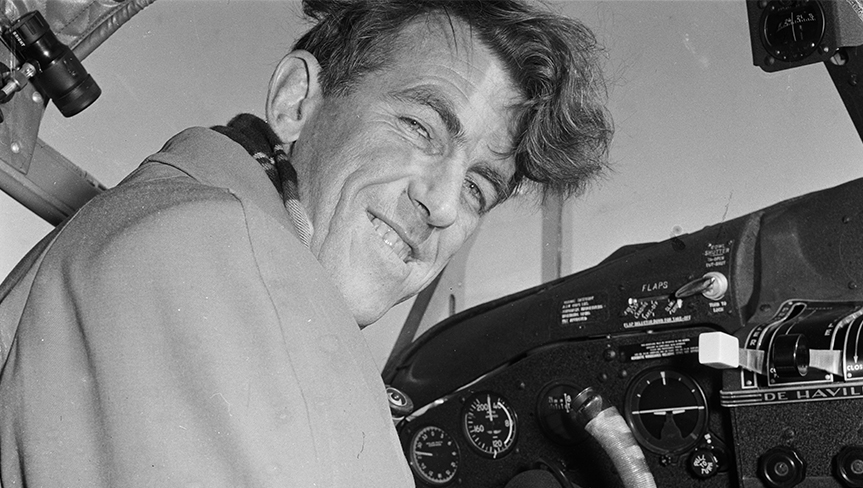11th January 2018
Edmund Hillary and the Three Poles Challenge
We all know of Sir Edmund Hillary of New Zealand as one of the first two to climb the world’s highest summit, Mt Everest. He also had another feather on his cap: He was the first person to have reached the three extremes – Mt Everest, the North Pole and the South Pole. Thus, the Three Poles Challenge was born.



